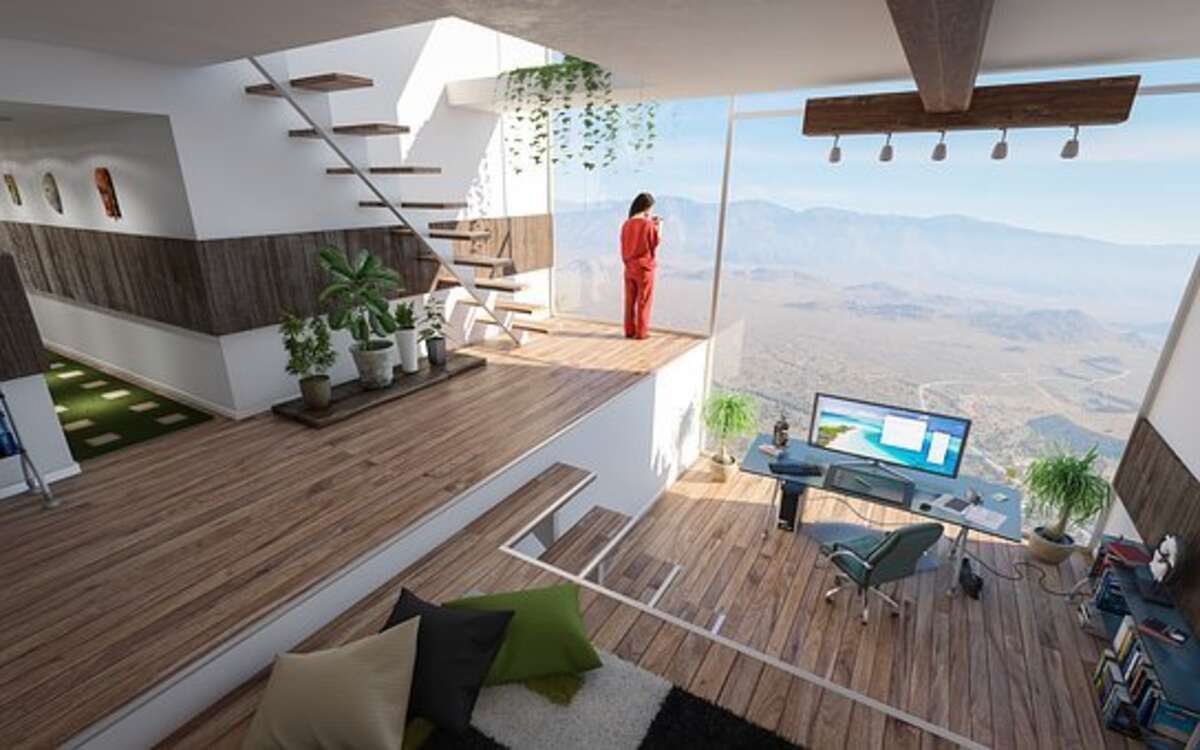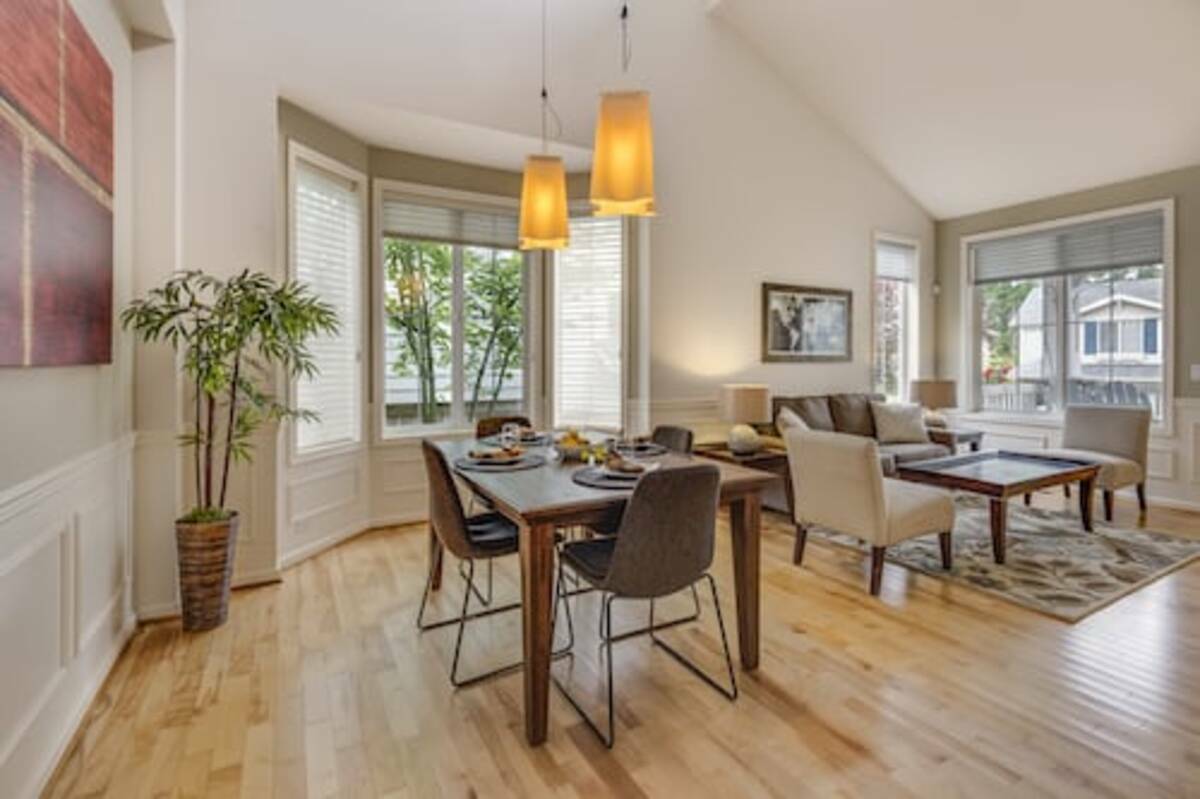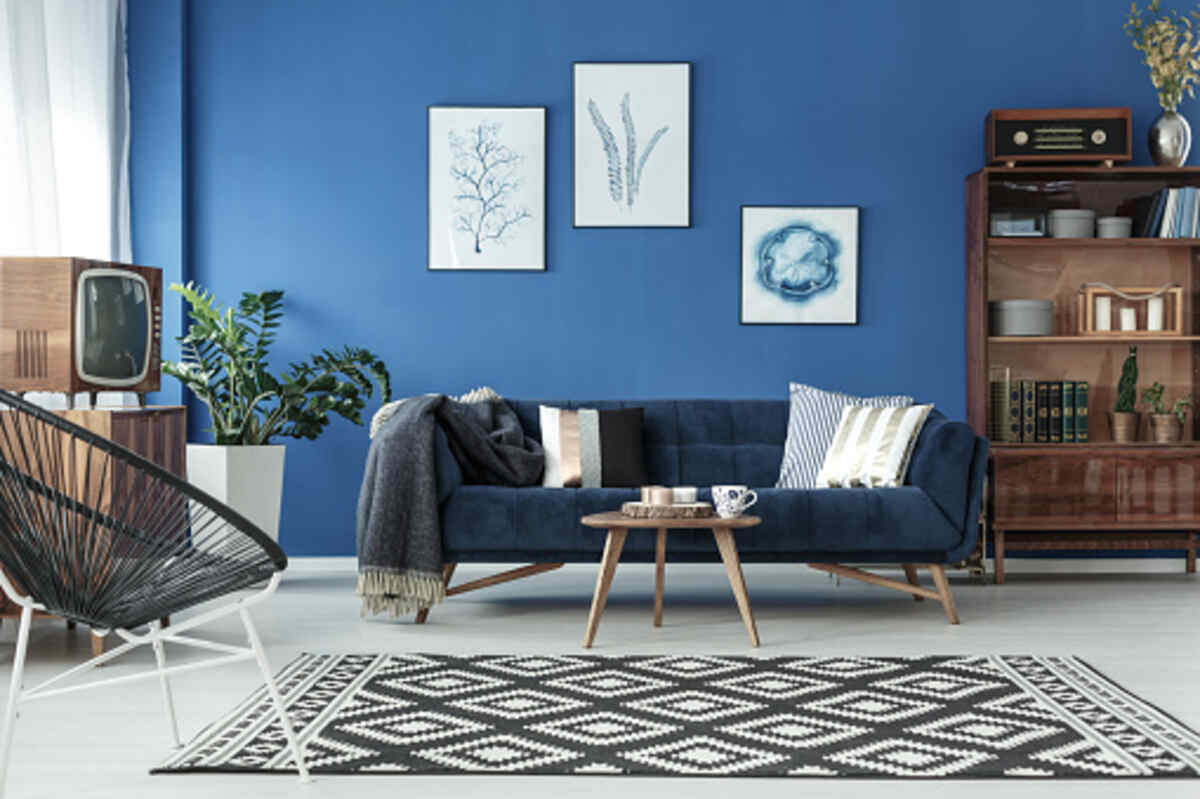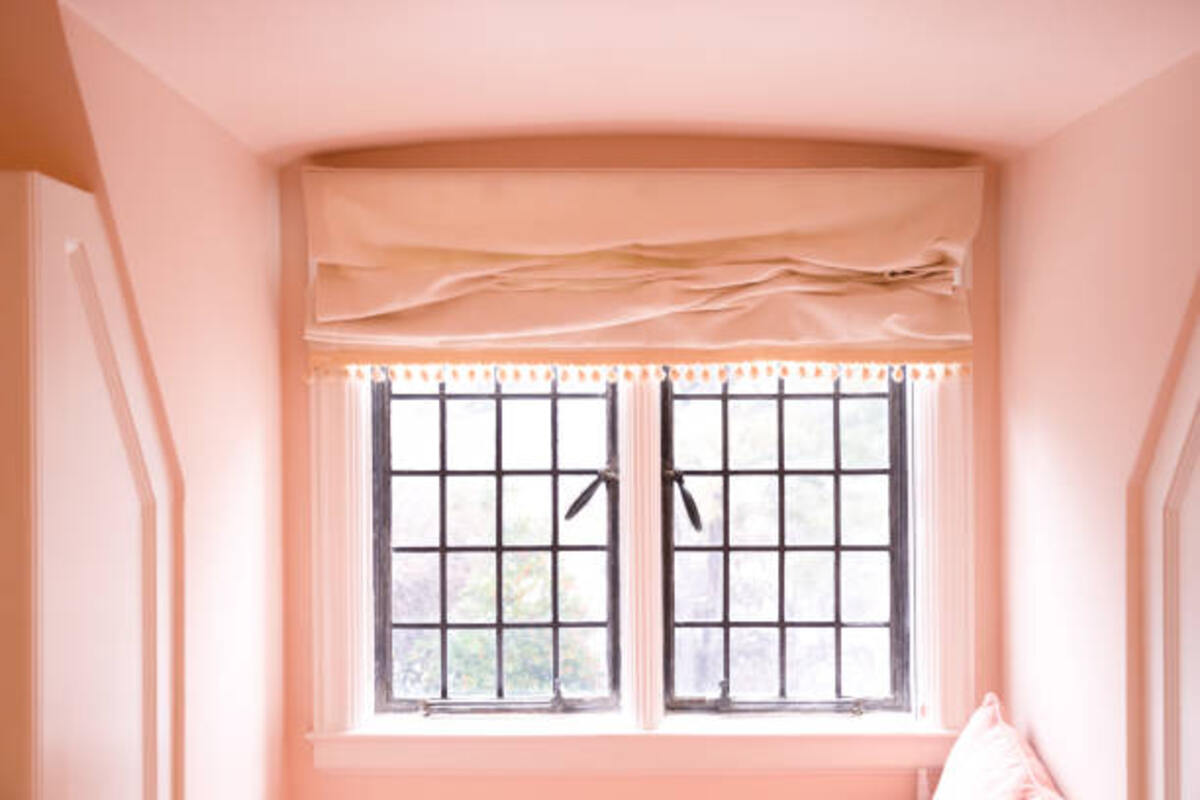Contemporary Interior Design
Contemporary interior design is a departure from traditional design principles. It uses fluid lines and angles and relies heavily on minimal furnishings and open spaces. It also incorporates metal accents. The result is a stylish, comfortable, and modern style. It can be a great choice for anyone who likes being comfortable at home.
Neutral colors
Regarding contemporary interior design, neutral colors can be a great choice. They can be either warm or cool and are the perfect way to blend other colors without overwhelming a space. A great example of neutral color is grey, which has the same personality as a stronger color but is more complementary. This color is ideal for multifamily developers because it will blend well with other colors and add character to a room without making it feel bland or uninspiring.
Remember your lifestyle and personality when selecting neutral colors in contemporary interior design. Using bold, vivid colors will give your interior a certain feel, but they might not be in sync with your personality. Choose a neutral color palette if you’re looking for a modern, urban style. Designer Stanislav Borozdinskiy created a contemporary interior design style that combines natural materials with a soft color palette and textures.
Another neutral color that can make a room seem richer and more luxurious is black. Although black is a very sophisticated color, it can be too overwhelming in some environments. The best way to incorporate this color is often by choosing delicate pieces. For instance, Hubbardton drop pendants and Kanin displays can make a bold statement in a room without overpowering.
Sleek lines
Contemporary interior design is all about open spaces and fewer walls. The look is always changing as innovative designers continue to push boundaries in design. The work of Brooklyn-based artist Fernando Mastrangelo is an example of this. His work defies traditional boundaries, resulting in experimental and functional sculptural pieces.
The underlying concept of contemporary design is a minimalist, sleek aesthetic emphasizing shape and line rather than the decorative arts. Furniture with sleek lines and curved shapes is also a hallmark of contemporary design, and sofas, armchairs, and stools often act as the foundation of a space. Sloped back chaises and sloped armchairs also work as additional seating in a contemporary space.
The contemporary interior design uses more neutral and subtle colors and avoids bold colors altogether. The design is sleek and uncluttered, with little fuss, but is not devoid of personality. It is a neutral approach to decorating that can adapt to the latest trends in the design world. Sleek lines, modern furniture, and uncluttered design philosophy make contemporary interiors versatile and adaptable.
Solid-colored fabrics
Solid-colored fabrics are the best choice for long-term use in homes and hotels. These fabrics will not go out of style and allow you to make changes without re-decorating your entire space. This allows you to incorporate more prints and patterns without replacing all of your furniture.
Another choice for fabrics for contemporary rooms is a geometric pattern. This pattern can come in various shapes, from regular, symmetrical squares to abstract designs. This fabric is usually very thin and can be used in a contemporary setting. It also looks great in a country-style room and can mix and match various other designs.
Contemporary interior design is minimal and sparse, but it doesn’t mean you can’t use bold accent pieces. You can choose natural fabrics and wood for your furniture and accessories. You can also use metallic surfaces and chrome to emphasize the look of your room. While neutral colors are the best base color for contemporary interior design, bold accent colors can add a unique touch.
Metal accents
Adding metal accents to a contemporary interior design scheme is a modern, chic way to add a unique element to a room. These neutral accents are available in many different finishes and can bring a polished look to a space. They’re also great for mixing with different colors and styles.
In the kitchen, metallic backsplashes can be an elegant way to bring a classic, vintage look to the space. A metallic throw pillow in a neutral color scheme is another way to incorporate metallic accents in a contemporary interior design. Stainless steel cookware will also give a timeless look to your space.
When used sparingly, metallic finishes in contemporary interior design are easy to pair with other materials. For example, polished gold and brass are a good choice if you want to evoke a Hollywood Regency style. However, excessive use of these finishes can make a room look dated. Using metallic pieces in small amounts to highlight certain parts of the room will soften the highly reflective finish.
Adding metallic accents in a contemporary interior design scheme will make the space seem more luxurious. Mix in a few soft, neutral tones to keep the overall tone from being too much. Deep emerald and navy are good choices to contrast metallics. In addition, consider using patterned pillows in the area to soften the metal accents.
Artwork
Contemporary interior design is characterized by a light, airy feel and neutral colors. Usually, the furniture and walls are neutral, so adding art is a great way to add color. However, there are a few rules to follow when choosing contemporary interior design artwork. First, you must avoid clutter and overcrowding your walls. In addition, you should avoid placing too much furniture on one wall.
Next, choose neutral shades, such as white and black. These colors best suit a neutral background, while bold solids can be used sparingly. Neutrals can also be used in combination with color and texture. For example, you could choose neutrals with a hint of metallic silver.
Contemporary interior design artwork should have clean lines and a sleek look. You should avoid ornate details like carving and stick to geometric shapes and natural fabrics. In addition, avoid overly ornate materials and go for light wood tones. Metallic surfaces, such as copper, gold, and stainless steel, are also good for contemporary designs. They can give a room a warm, welcoming look.
Contemporary interior design artwork is a great way to add a modern touch to your home or office. This style is also popular in corporate environments and is suitable for offices, as well as for commercial spaces.
Natural elements
Adding natural elements to a contemporary interior design scheme can add a touch of organic beauty to the room. From wood and stone to jute and metals, a natural look can enhance any interior design scheme. For example, a contemporary bedroom might feature an exposed brick wall or jute rugs. As for the materials used in upholstery, natural materials like linen and leather are often favored.
Natural daylighting can make any room pop. Natural light is important for humans because it helps us feel healthy and bright. By incorporating natural daylighting, you can add warmth and vibrance to any room, even a bathroom. Using windows and solar tubes is one way to ensure your home has the right amount of natural light.
Contemporary interior design emphasizes a minimalist, clean look. This means avoiding ornate carvings and opting for sleek, flat surfaces. Lighting is another important part of a contemporary design; you can use bold colors as accents. However, match your paint color with the light source, as certain colors reflect light differently. In addition, neutral tones can complement the natural elements of your design scheme, such as stone feature walls or wood flooring.
Lighting
Contemporary interior design features architectural details and furnishings with sculptural features. Such features elevate the aesthetics of a space and are often a feature of contemporary lighting design. This style also uses natural light to maximize ambiance, with large window openings and glass doors. This natural light is supplemented with layered artificial lighting.
There are several different types of lighting, each important for creating a distinctive look. The first layer is general lighting, which provides overall illumination in a room. This kind of lighting is often provided by overhead ceiling fixtures or recessed ceiling lights. It may be present in an existing space, or it can be part of a new lighting design plan.
Moreover, lighting is important in contemporary environments because it helps create a feeling of open space. It is also important to note that a good lighting scheme must give enough variety and avoid monotony. Otherwise, even a great lighting scheme lacks character.




